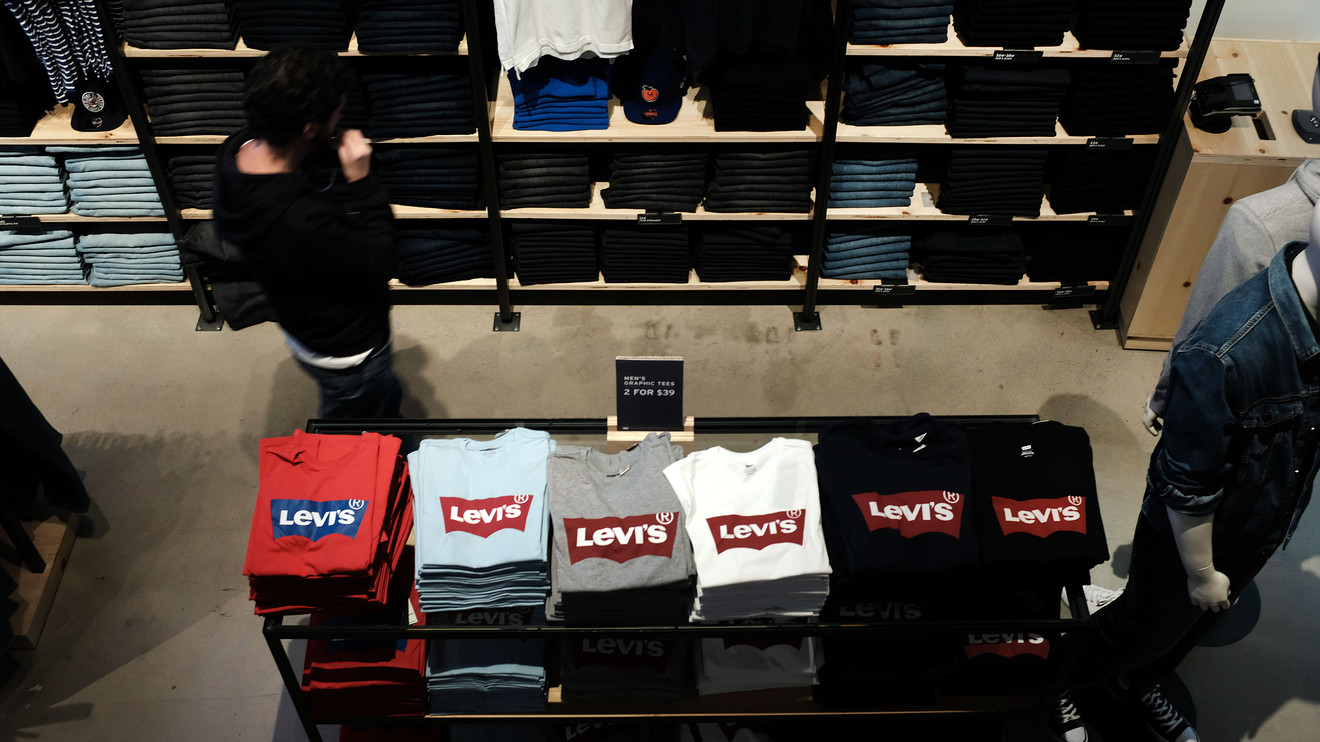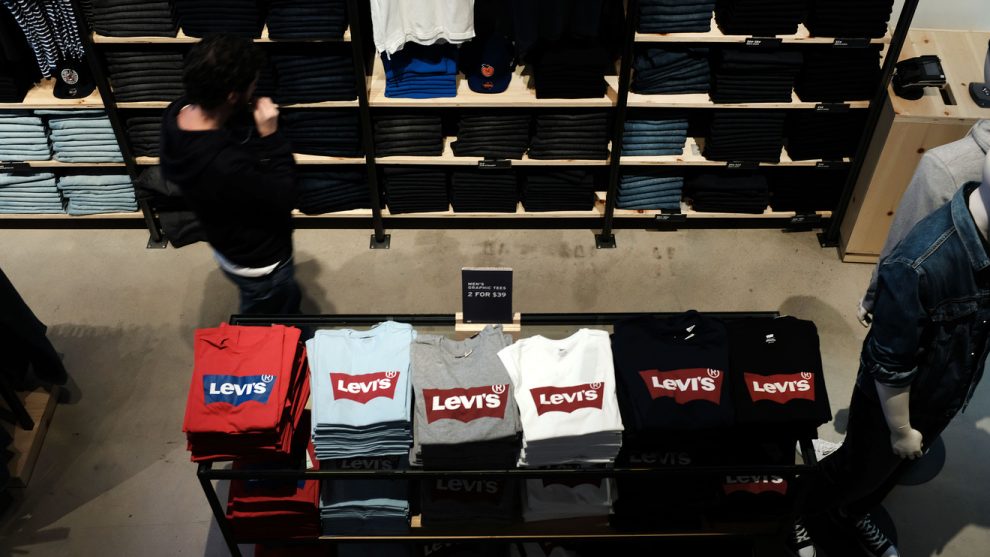
Levi Strauss & Co. shares plummeted 12% in Wednesday trading after the iconic denim company detailed the ongoing challenges in department-store sales, with the near-term poised for even more problems.
Shares saw the biggest one-day selloff since the IPO in March.
Contradicting the stock decline, Levi Strauss LEVI, -12.00% reported second-quarter earnings and sales that beat expectations.
However, with the wholesale channel depressing results, investors backed off.
Read: Taylor Swift, Will Smith among the celebs joining Amazon for a Prime Day push into new categories
“We will remain focused on optimizing execution in the U.S. wholesale channel going forward,” said Levi Strauss’ Chief Financial Officer Harmit Singh on the earnings call, according to the FactSet transcript. “But we do expect ongoing pressure for the remainder of the year due to a weak department store environment, continued door closures, and pressure on our customers’ open-to-buy budgets.”
The U.S., Levi Strauss’ largest market, experienced a 1% increase during the quarter, with 7% growth in direct-to-consumer sales offset by a 2% decline in wholesale. Direct-to-consumer sales includes e-commerce and Levi Strauss stores.
Levi Strauss’ global wholesale business was up 6% for the quarter, but was far outpaced by the direct-to-consumer business, which saw a 14% increase.
“The U.S. wholesale decline was attributable to the impact of the bankruptcies and door closures that some of our customers have experienced over the last year as well as a decline in discounted sales to the off-price channel, reflecting… that we are carrying substantially healthier inventory in comparison to the prior year,” said Singh.
Department stores have been struggling despite strength in retail overall.
Watch: Here’s how augmented reality will transform how you shop online
“The department store segment continues to fight a secular story of value and convenience as it loses market share to segments such as the big discounters, which have successfully incorporated food to help drive sales,” wrote Moody’s analysts led by Christina Boni in a June 17 report. “Off price also continues to steal market share as millennials, in particular, flock to that segment’s discounted treasure hunt offerings.”
Levi Strauss expects to take a 200-basis-point hit in the second half of the year from department-store weakness.
Even with the problems at department stores, Bain & Co. identified Levi Strauss’ retail model among those that “are poised to thrive,” in part because of its relationship with Amazon.com Inc. AMZN, +1.46%
“Retail ecosystems are already full of product-led ‘hitchhikers’ gaining access to an expanded pool of customers and shared services, which would have been uneconomical to nurture independently,” reads the Bain & Co. report “The Future of Retail: Winning Models for a New Era.”
Bain & Co. defines “hitchhikers” as a select group of retailers and brands that have “distinctive capabilities” in design and product development, but lack scale in areas like logistics and analytics.
Don’t miss: Amazon Prime Day kicks off the monthslong back-to-school shopping season
“Examples include Levi Strauss & Co. and Adidas selling directly through Amazon.com, as well as smaller retailers using Amazon’s logistics service or creating ‘miniprograms’ that allow users to shop with them without leaving the popular WeChat or Alipay apps,” the report said.
In China, Levi Strauss reported a 3% revenue increase, though the company says it has a lot of work ahead to grow in the country. Levi Strauss Chief Executive Chip Bergh said China accounts for about 3% of the company’s business while it is about 20% of the global apparel business.
“We spent the last 18 months or so closing a number of poor performing doors, mostly franchise stores, cleaning up our store footprint,” Bergh said on the call. “The strength that we saw in the businesses that we control just offset continued softness in the franchise network.”
Levi Strauss stock has taken a 9.6% slide over the past three months. The S&P 500 index SPX, +0.45% is up 3.6% for the period.




